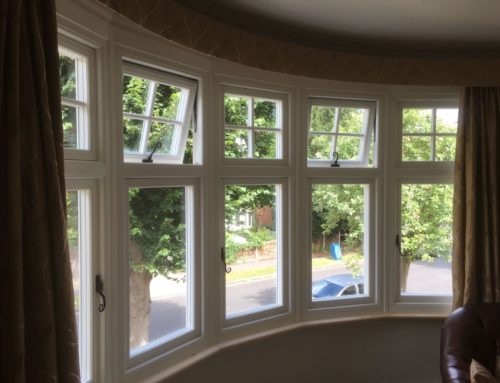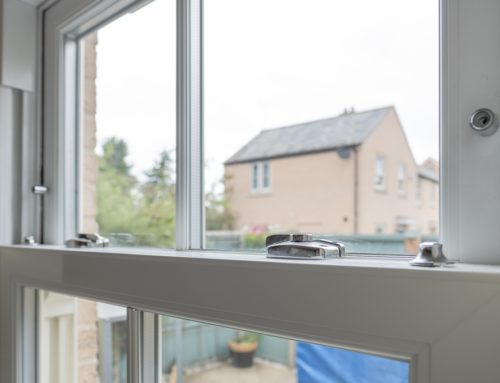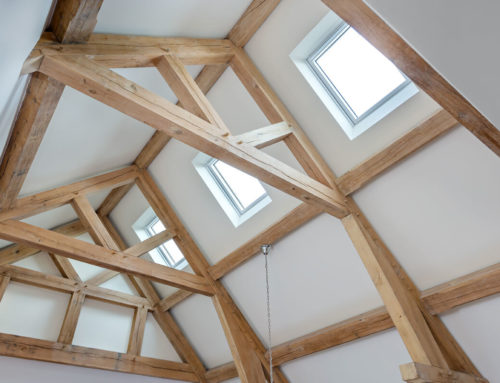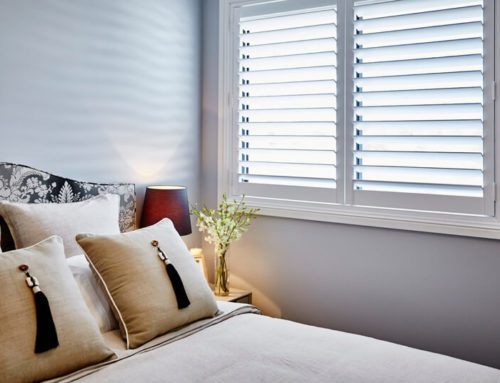
Calculating the size of the windows for your home is easier than you think
A new extension can transform the usable space in your home, and the windows will ensure you make the most of it. Whether it’s single or double storey, the right glazing is critical to complete the project successfully.
Windows make the most of the views available outdoors, improve the amount of natural light in the home, and provide adequate ventilation. Get the window size wrong, and it could be expensive to fix later.
It’s natural to assume that the biggest window is going to be the best, but it’s important to factor in energy efficiency. If your windows are big, and you don’t get much sun, you’ll end up with unnecessarily cold room.
Where is the Extension?
The position of an extension dictates the preferred window size and placement.
South facing windows get far more sun than north facing windows, so your glazier should capitalise on that by trapping the heat. This is called solar gain, and it can save you money on your energy bills.
That doesn’t mean north facing windows should be neglected. These could bring in much needed natural light on the gloomier side of the property, and for many homeowners, they offer a cooler place to relax in the middle of summer.
To work out the best size, we use a special ratio to ensure the room looks balanced and does not lose too much energy. This ratio also ensures your extension is compliant with Building Regulations.
Window Size: The Golden Rule
When coming up with the measurements, there’s a golden rule that every homeowner and glazier should abide by. In your home, you must measure the amount of glass, and the size of the floor, then calculate the ratio between them.
This is called the glass to floor area ratio, or the window to floor ratio, and it applies for most standard window installations in extensions. You can read more about it in document L1B on the UK government planning portal.
This is how we work it out:
- We measure the total area of the window to be fitted, vertically and horizontally, to calculate the area of the window
- We divide that by the total floor area in the room
Our surveyors like to see a ratio of around 25%. So if you know your floor space, simply divide it by 4 to get the rough size of the windows you will be ordering from Hamiltons.
Professional Advice
There are some situations when we can flex the ratio to make your windows bigger. If the glass to floor area is disappointing, ask Hamiltons to conduct a survey to figure out the best way to proceed. You could opt for more efficient glass, or choose large bifold windows instead of a normal opening.
Remember: balancing the window size helps you to contain your spend on glazing, electricity and gas, while ensuring your extension gets adequate natural light. When you consult Hamilton Windows, we don’t send a salesman round to sell you as many windows as possible for your extension. We’ll give you professional advice based on your budget and individual circumstances.






